Back to Courses
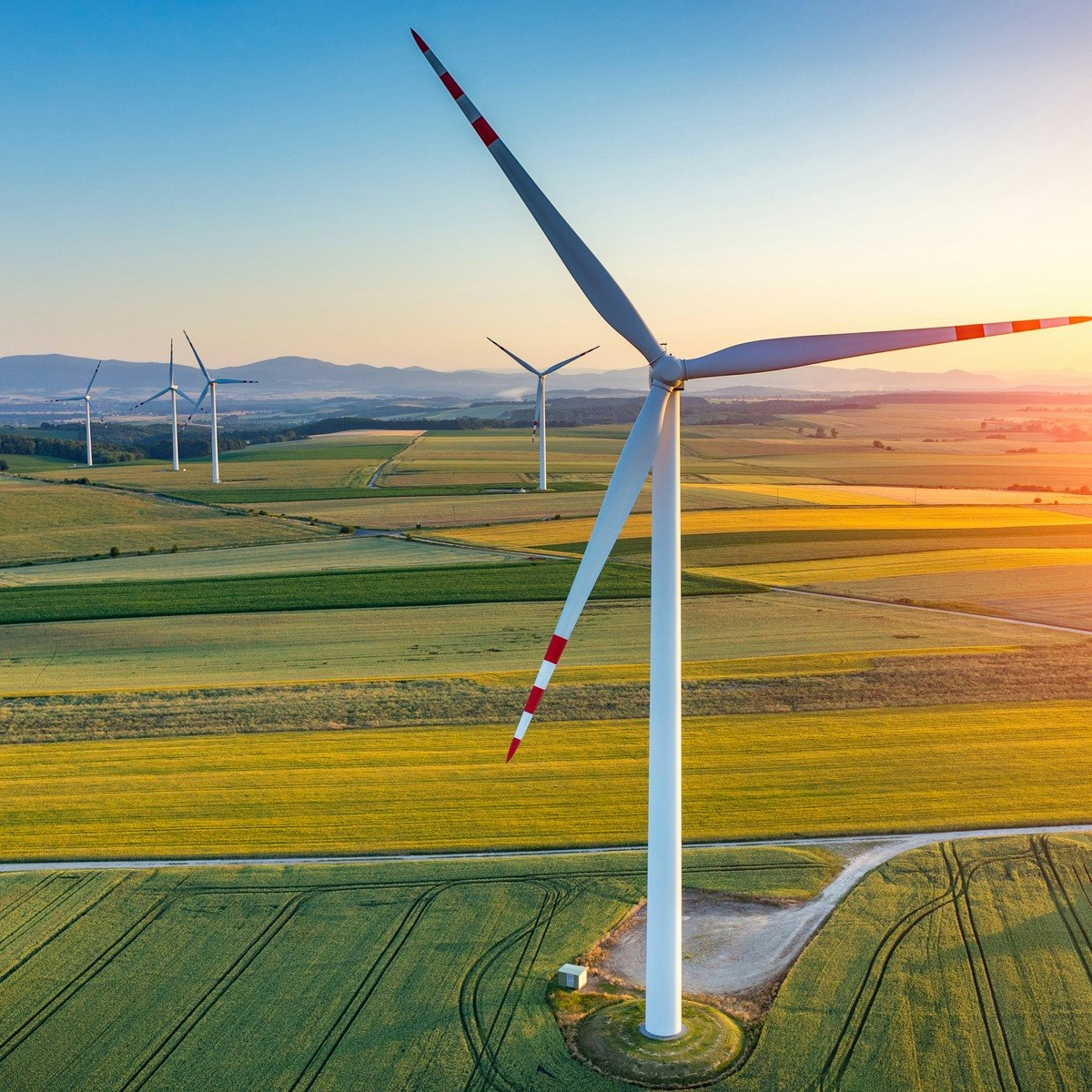
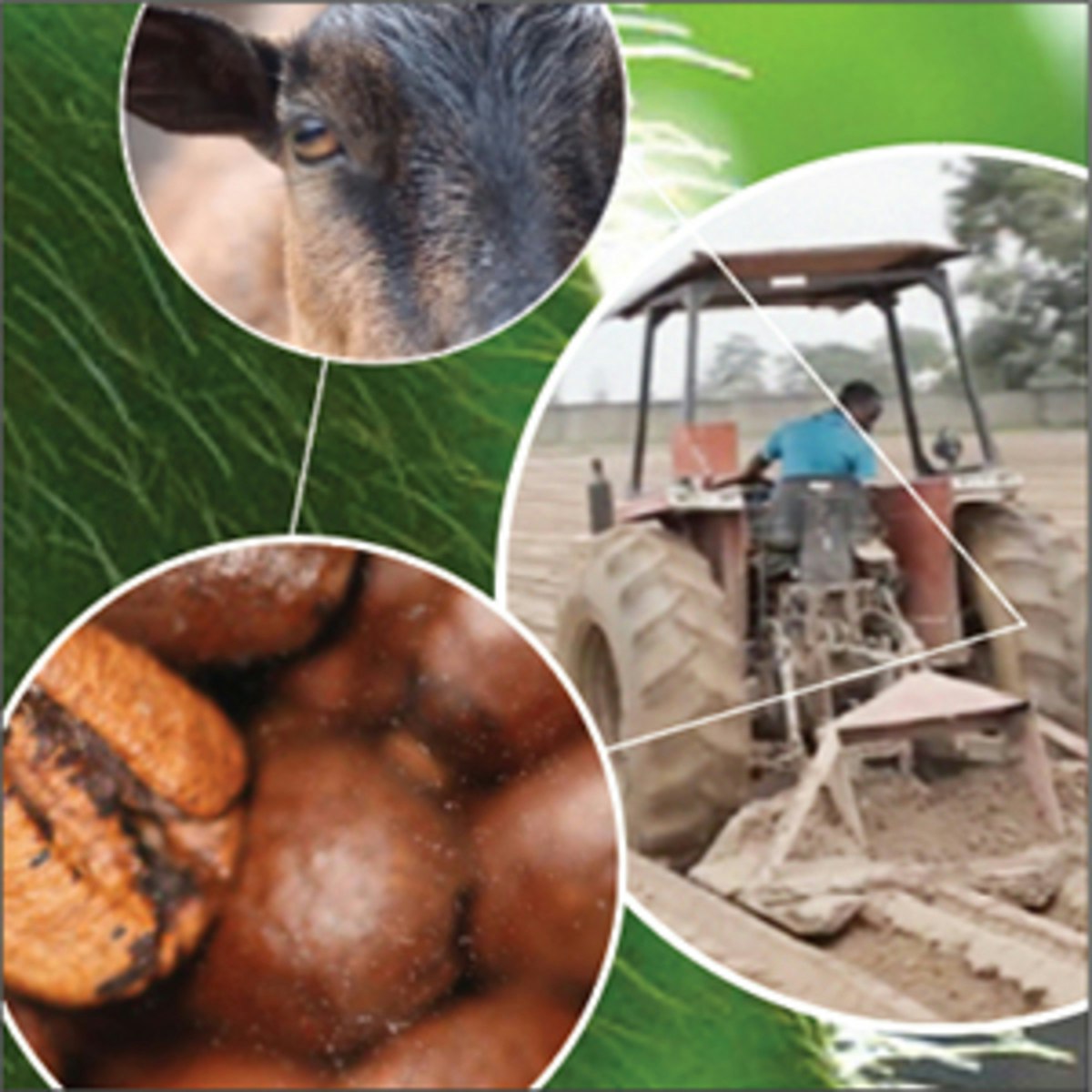


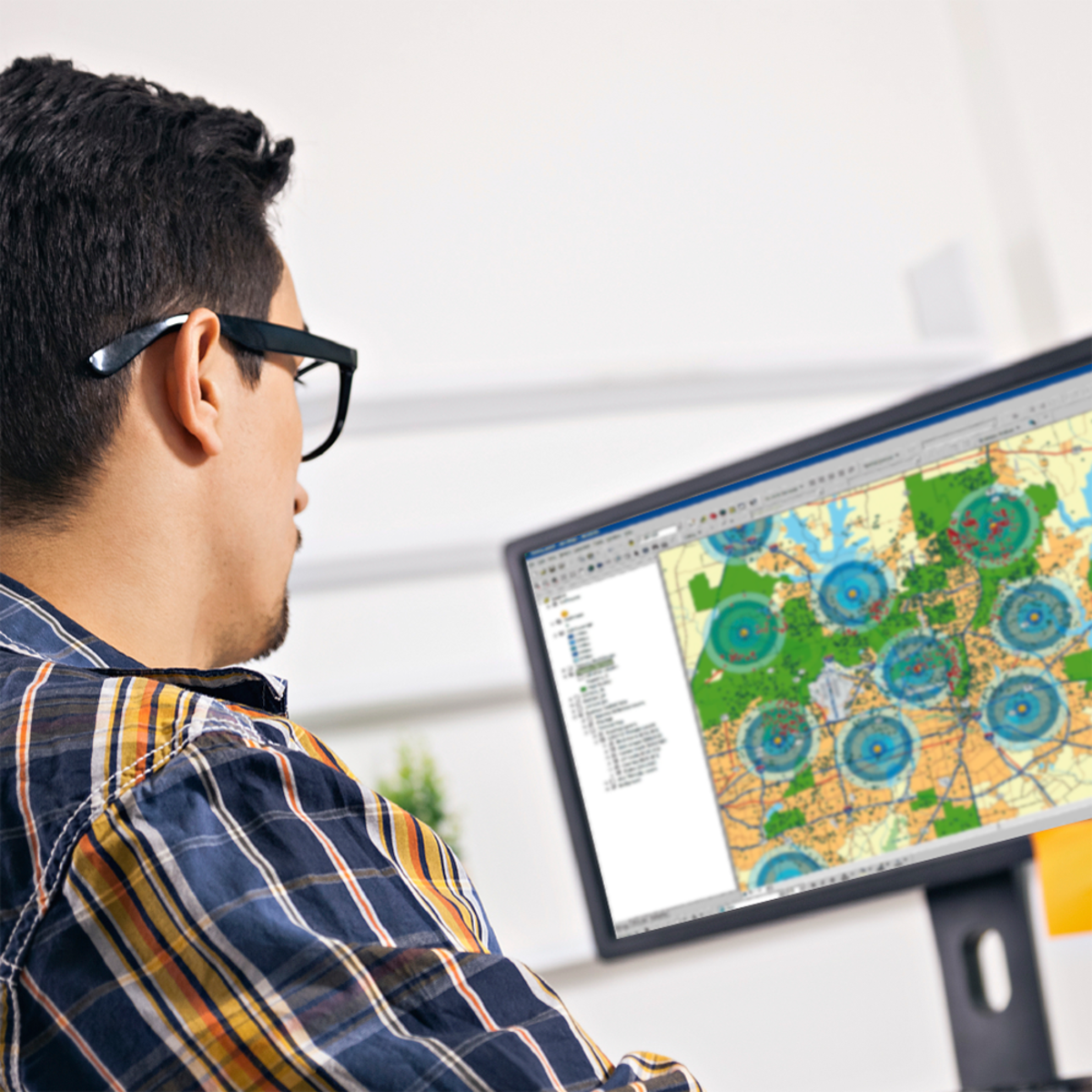
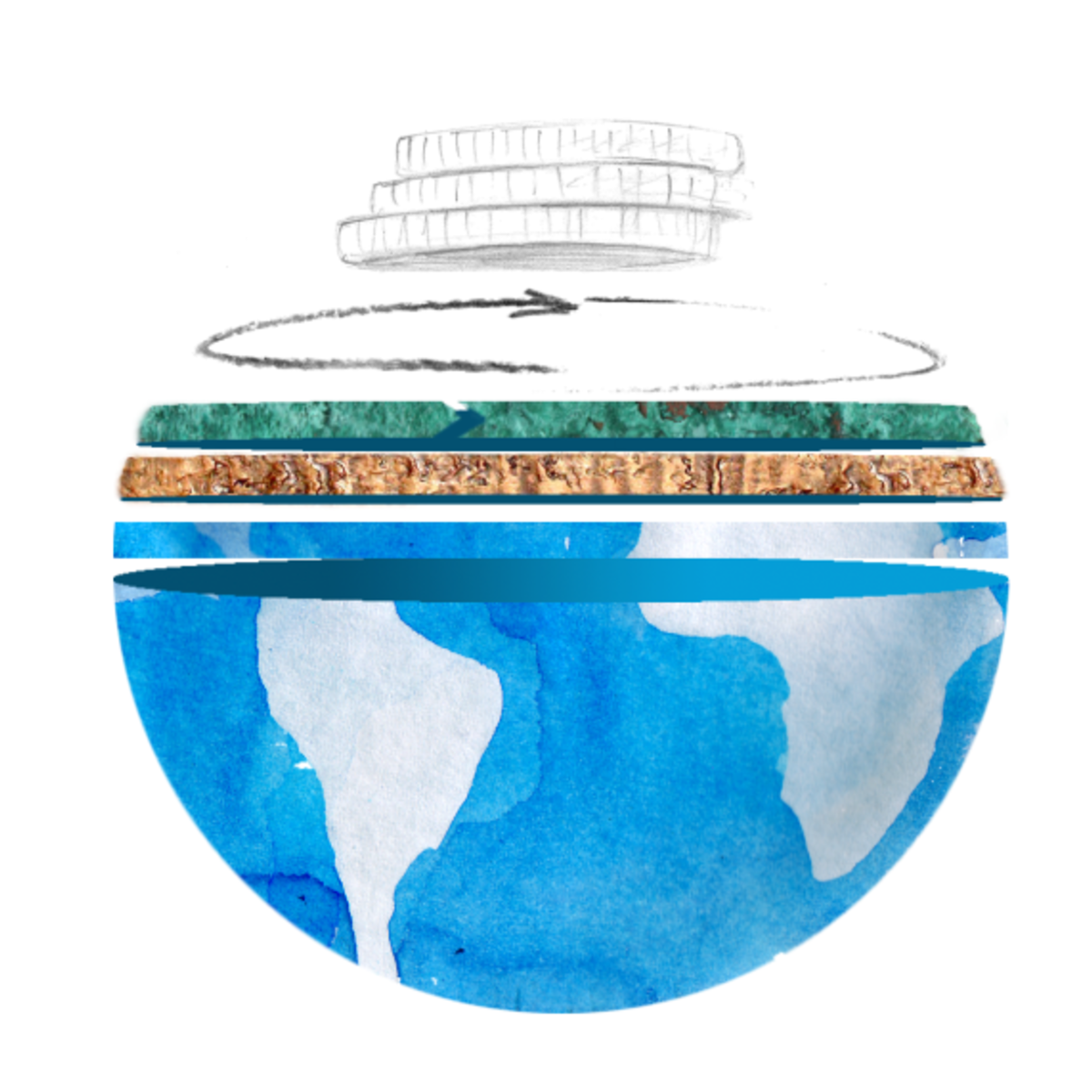

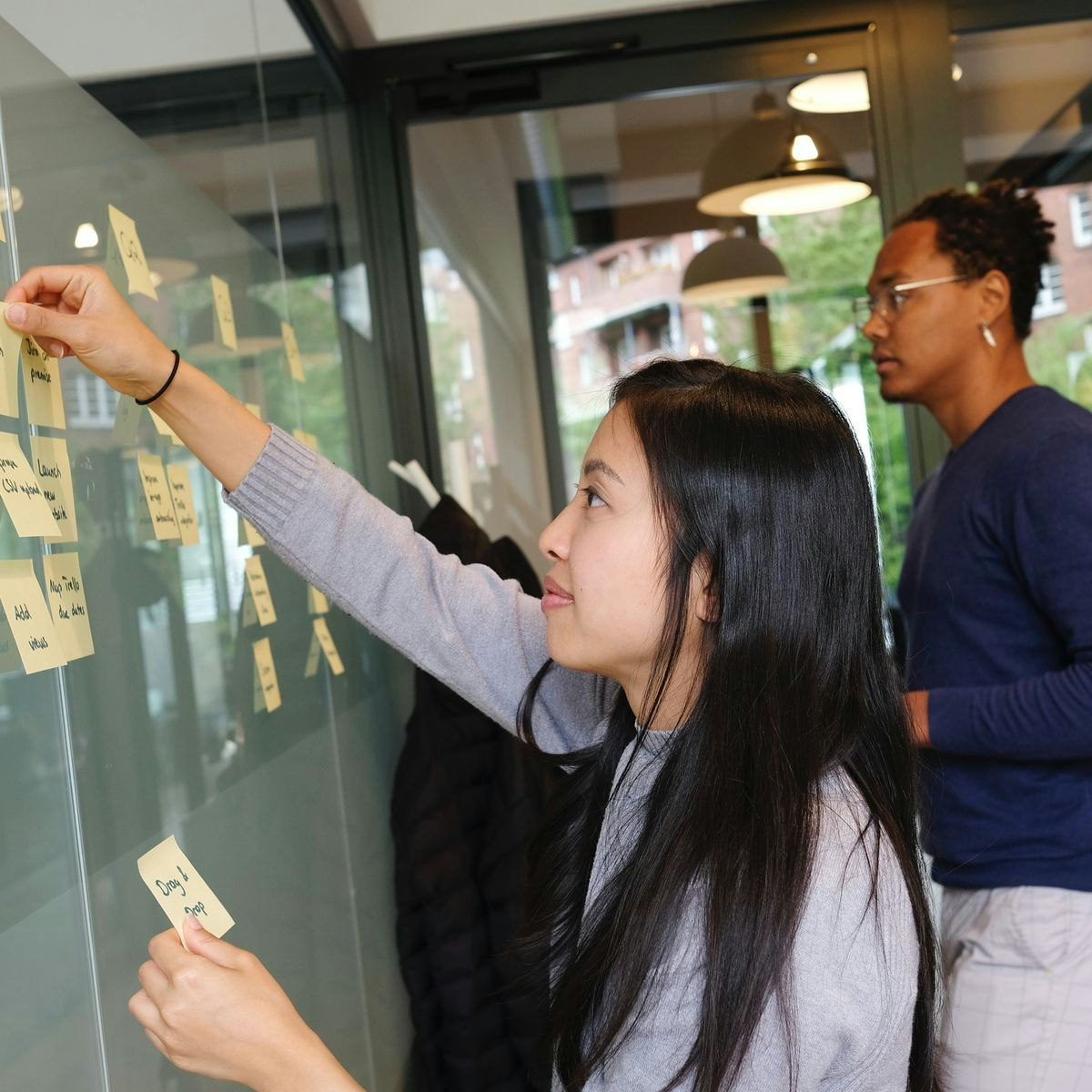
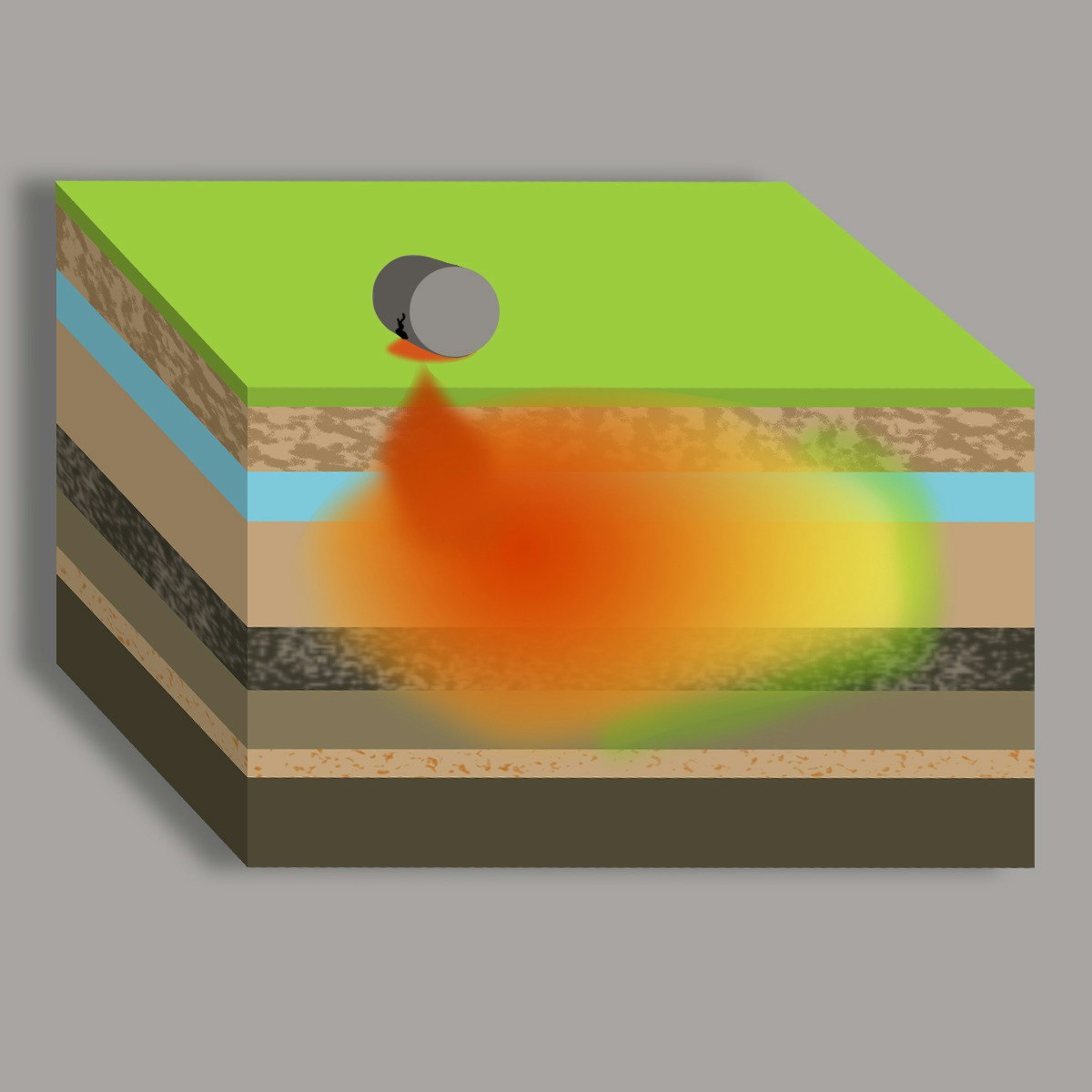
Environmental Science And Sustainability Courses - Page 7
Showing results 61-70 of 151

Journey of the Universe: The Unfolding of Life
Journey of the Universe weaves together the discoveries of the evolutionary sciences together with humanities such as history, philosophy, art, and religion. The course draws on the Emmy-award winning film, Journey of the Universe, and the book from Yale University Press.
Journey explores cosmic evolution as a creative process based on connection, interdependence, and emergence. It examines a range of dynamic interactions in the unfolding of galaxies, Earth, life, and human communities. It investigates ways in which we understand evolutionary processes and the implications for humans and our ecological future.
The Journey course, thus, is based on a new integration that is emerging from the dialogue of the sciences and humanities. Journey tells the story of evolution as an epic narrative, rather than as a series of facts separated by scientific disciplines. This changes our perception so that we begin to see ourselves as an integral part of this narrative. By situating ourselves within this story we can better appreciate the complexity and beauty of processes such as self-organizing dynamics, natural selection, emergence, symbiosis, and co-evolution. As we discover these intricate processes of evolution, we awaken to the beauty and complexity of our natural environment at this critical juncture in our planetary history.

21st Century Energy Transition: how do we make it work?
Affordable, abundant and reliable energy is fundamental to human well-being and prosperity. For the past 150 years, more and more people have gained access to energy, primarily in the form of fossil fuels – coal, petroleum and natural gas. But now, even while half of humanity cannot access adequate energy supplies, we are beginning a profound transition to more diverse energy sources. Climate change, environmental sustainability, and energy poverty are all important – and sometimes conflicting – drivers as we strive to supply more energy to more people with fewer negative impacts on Earth’s environments.
In this course from the University of Alberta and Canadian Society for Evolving Energy, you will join us to learn about the many energy sources available, and where technology is providing exciting new solutions to energy and environmental challenges. Find out what roles energy storage must play to support the transition, and discuss how we can optimize transition processes. Examine competing viewpoints (“realities”) to enable energy transition, focusing on the practical challenges in bringing about change on a global basis. Finally, you will bring all these issues together to examine how the energy transition process is progressing and what we must do to create pathways to achieve our goals.

Transformation of the Global Food System
The UN predicts we will be 9-10 billion people on Earth in 2050. Providing so many people with nutritious foods is a massive challenge and one that cannot be met by simply upscaling current practices regarding food production and consumption. Providing humanity with nutritional food is at the center of all decisions related to sustainable development.
Agriculture is responsible for 80% of global deforestation. The food systems release 29% of global greenhouse gasses. We use an area equivalent to North and South America combined for the production of meat for consumption or to produce the food necessary to feed the animals we eat. 70% of fresh water use is related to agriculture. These figures are staggering, and they show us, that we need to rethink and transform the way we produce, distribute and consume food worldwide.
This course focuses on how food systems can become more sustainable. It consists of four modules where each focuses on an essential ingredient towards developing more sustainable food systems: (1) Boosting the small, (2) Transforming the big, (3) Losing less and (4) Eating smarter. In each of these key areas, we will meet people from different countries around the world, who labor every day to find and spread solutions that work.
Connecting the challenges that must be overcome to develop a sustainable global food system with the solutions being developed by the amazing group of people you meet in this course has been a huge source of inspiration for me. I truly believe that the global food system can be transformed to sustainably meet the needs of 9-10 billion people and, with this course, I dare you to join me!

Advanced Functional Ceramics
To realize next-generation devices, novel ceramic materials with ultimate physical and chemical properties are required. For this purpose, a few intrinsic and extrinsic approaches for the development of new functional ceramics are proceeding. This course provides the fundamentals of functional ceramics and the materials design rules for developing advanced ceramics with ultimate physical and chemical properties.

Introduction to Biology: Evolution
Evolution is one of the most interesting fields within biology, and one that’s central to a complete understanding of modern biology. We begin by tracing how Charles Darwin developed a theory of evolution by natural selection and the many ways that biologists have advanced the science of evolution since his lifetime. We then go on to learn about the many applications of evolutionary biology to our everyday lives.

Imagery, Automation, and Applications
Welcome to the last course of the specialization (unless your continuing on to the capstone project, of course!).
Using the knowledge you’ve learned about ArcGIS, complete technical tasks such raster calculations and suitability analysis. In this class you will become comfortable with spatial analysis and applications within GIS during four week-long modules:
Week 1: You'll learn all about remotely sensed and satellite imagery, and be introduced to the electromagnetic spectrum. At the end of this week, you'll be able to find and download satellite imagery online and use it for two common types of analysis: NDVI and trained classification.
Week 2: You'll learn how to use ModelBuilder to create large processing workflows that use parameters, preconditions, variables, and a new set of tools. We'll also explore a few topics that we don't really have time to discuss in detail, but might whet your appetite for future learning in other avenues: geocoding, time-enabled data, spatial statistics, and ArcGIS Pro.
Week 3: In week three, we'll make and use digital elevation models using some new, specific tools such as the cut fill tool, hillshades, viewsheds and more. We'll also go through a few common algorithms including a very important one: the suitability analysis.
Week 4: We'll begin the final week by talking about a few spatial analyst tools we haven't yet touched on in the specialization: Region Group to make our own zones, Focal Statistics to smooth a hillshade, Reclassify to change values, and Point Density to create a density surface. Finally, we'll wrap up by talking about a few more things that you might want to explore more as you start working on learning about GIS topics on your own.
Take Geospatial and Environmental Analysis as a standalone course or as part of the Geographic Information Systems (GIS) Specialization. You should have equivalent experience to completing the first, second, and third courses in this specialization, "Fundamentals of GIS," "GIS Data Formats, Design, and Quality", and "Geospatial and Environmental Analysis," respectively, before taking this course. By completing the fourth class you will gain the skills needed to succeed in the Specialization capstone.

A Circular Economy of Metals: Towards a Sustainable Societal Metabolism
Metals are present everywhere around us and are one of the major materials upon which our economies are built. Economic development is deeply coupled with the use of metals. During the 20th century, the variety of metal applications in society grew rapidly. In addition to mass applications such as steel in buildings and aluminium in planes, more and more different metals are in use for innovative technologies such as the use of the speciality metal indium in LCD screens.
A lot of metals will be needed in the future. It will not be easy to provide them. In particular in emerging economies, but also in industrialised countries, the demand for metals is increasing rapidly. Mining and production activities expand, and with that also the environmental consequences of metal production.
In this course, we will explore those consequences and we will also explore options to move towards a more sustainable system of metals production and use. We will focus especially on the options to reach a circular economy for metals: keeping metals in use for a very long time, to avoid having to mine new ones.
This course is based on the reports of the Global Metals Flows Group of the International Resource Panel that is part of UN Environment. An important aspect that will come back each week, are the UN Sustainable Development Goals, the SDGs. Those are ambitious goals to measure our progress towards a more sustainable world. We will use the SDGs as a touching stone for the assessment of the metals challenge, as well as the solutions we present in this course to solve that challenge.

Global Environmental Management
Learn about the best environmental technologies for a sustainable development and how they are managed in various settings around the world. This course gives you an opportunity to learn about global trends that influence our environment and the living conditions and how different management systems and approaches that are used around the world to manage the environment. This includes current environmental technologies built for the environment and technologies for sustainable soil management, groundwater protection methods and integrated Water resources management.

Planning with Climate Change in Mind
This course focuses on the climate impacts occurring and expected to occur across the United States. Our approach will be regional and sectoral, with consideration of impacts on water resources, transportation, energy, agriculture, forests, health, and coastal/marine resources. We will also look at how you can apply information about climate risks to motivate climate action in your household, in your community, or in your workplace.

Natural Attenuation of Groundwater Contaminants: New Paradigms, Technologies, and Applications
Cleaning up the large number of groundwater contamination sites is a significant and complex environmental challenge. The environmental industry is continuously looking for remediation methods that are both effective and cost-efficient. Over the past 10 years there have been amazing, important developments in our understanding of key attenuation processes and technologies for evaluating natural attenuation processes, and a changing institutional perspective on when and where Monitored Natural Attenuation (MNA) may be applied. Despite these advances, restoring groundwater contaminated by anthropogenic sources to allow for unrestricted use continues to be a challenge. Because of a complex mix of physical, chemical, and biological constraints associated with active in-situ cleanup technologies, there has been a long standing focus on understanding natural processes that attenuate groundwater contaminant plumes.
We will build upon basic environmental science and environmental engineering principles to discover how to best implement MNA as a viable treatment for groundwater contamination plumes. Additionally we will delve into the history behind and make predictions about the new directions for this technology.
Any professional working in the environmental remediation industry will benefit from this in-depth study of MNA. We will use lectures, readings, and computational exercises to enhance our understanding and implementation of MNA. At the completion of this course, students will have updated understanding and practical tools that can be applied to all possible MNA sites.
Popular Internships and Jobs by Categories
Browse
© 2024 BoostGrad | All rights reserved


